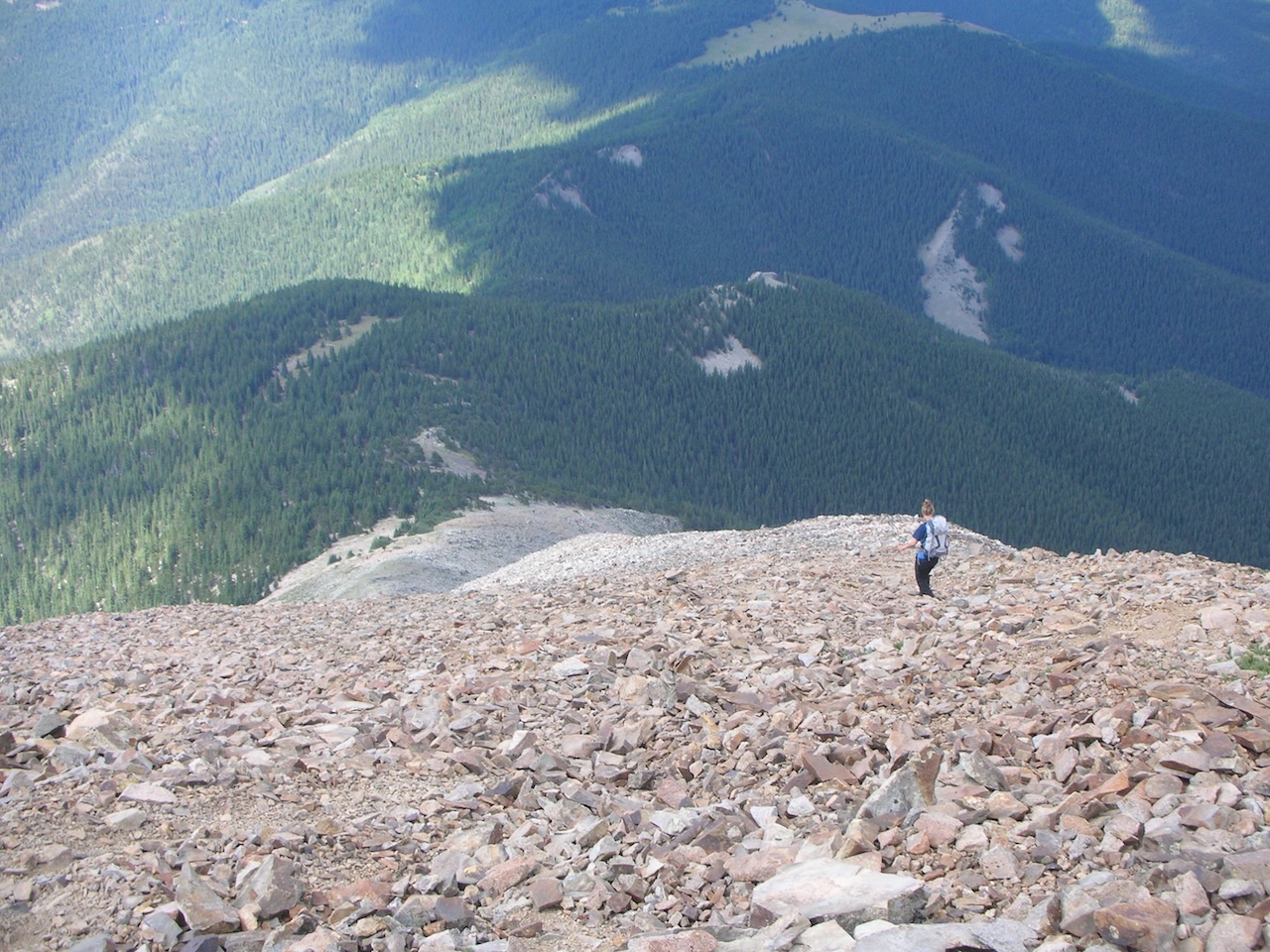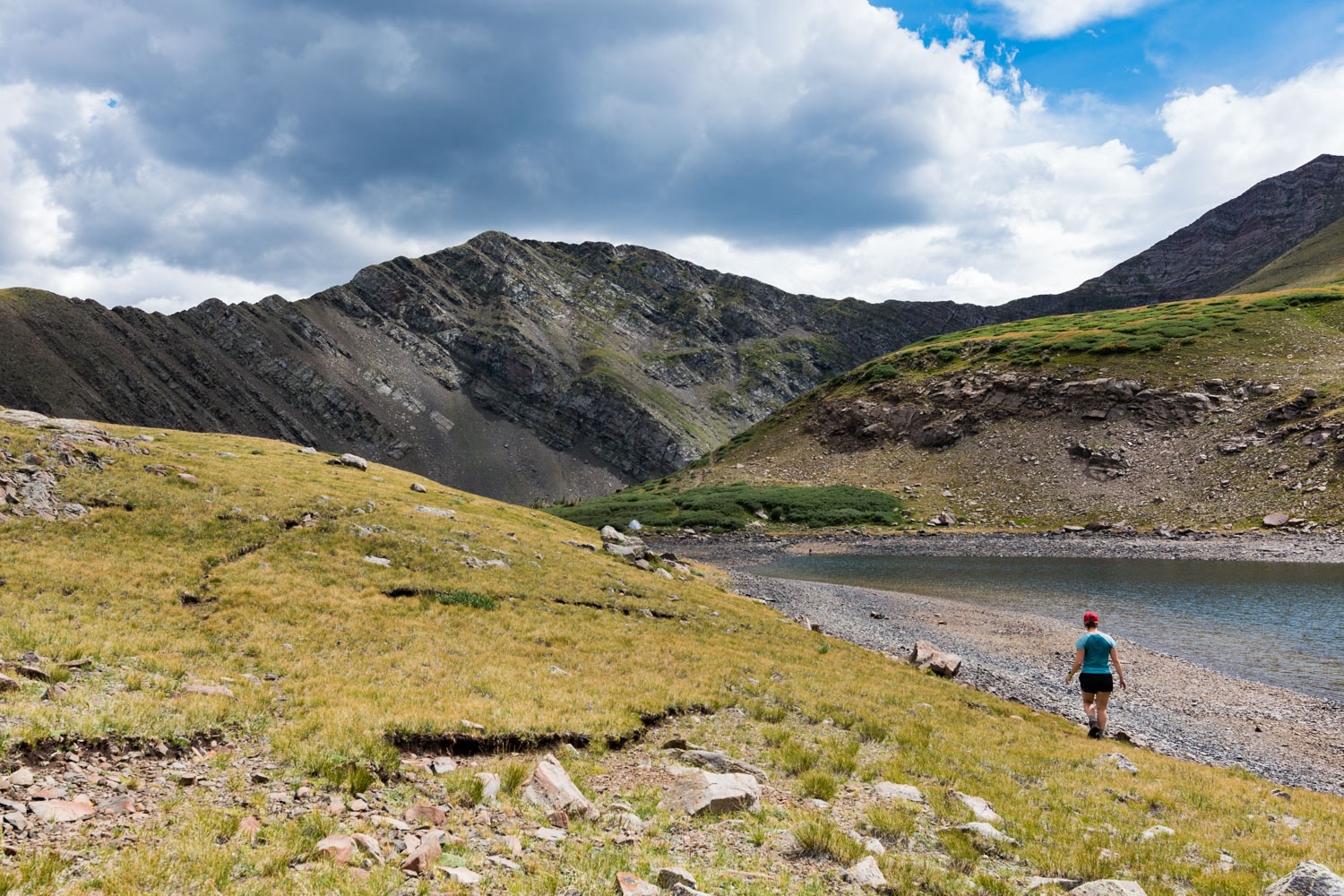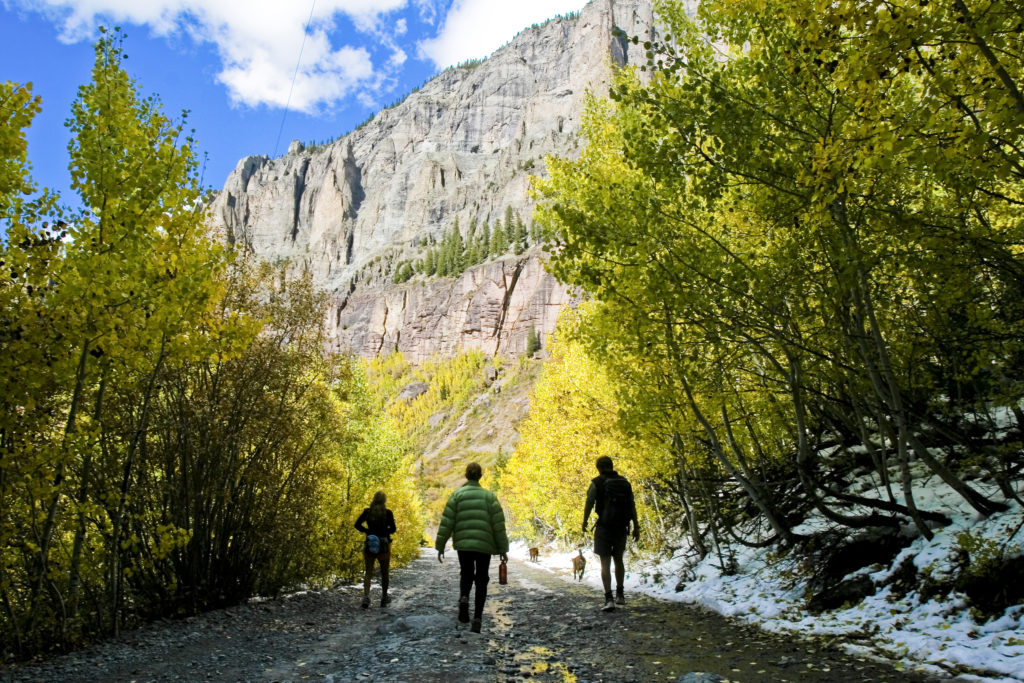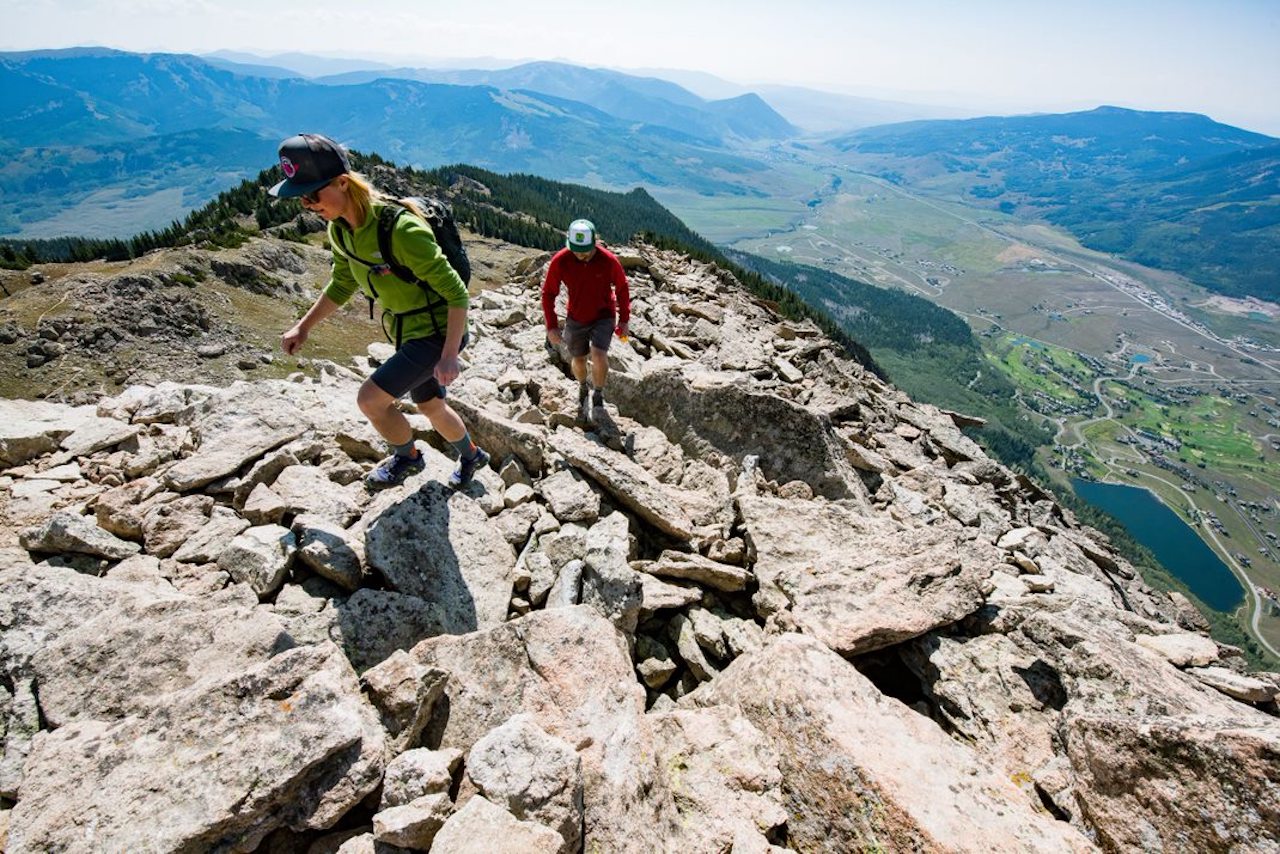Summer is approaching, and it’s time to pull out that bucket list of Colorado 14ers you want to summit. For many Coloradans, summiting a 14er is almost a right of passage. Whether your goal is reaching the top of all the 14ers or simply hiking to the top of one in their lifetime, this undertaking should be taken seriously. Summiting your first 14er can feel like a daunting task and while there are certainly “easier” 14ers than others, reaching any summit safely and successfully is not easy and requires some preparedness. So, before you seek the summit, use these tips to help prepare for your journey above the clouds.
What is a 14er?
For those of you new to Colorado and learning our lingo, a 14er is a mountain peak reaching over 14,000 feet in elevation. The state is home to 58 impressive 14ers that dot the Rocky Mountain Range, with the tallest peak in the entire range being Mount Elbert resting at 14,439 ft. Each 14er is identified by a class ranking — class 1 being the easiest and class 4 being the hardest. Class 3 and 4 summits are a bit more technical and usually require gear such as rope and helmets.
If you are summiting your first 14er this summer, here is a short list of class 1 peaks that are considered “easy.”
- Handies Peak
- Grays and Torreys Peaks (close together, many people summit both in one day)
- Quandary Peak (reservations are required)
- Mt. Elbert
- San Luis Peak
- Mt. Sherman
- Pikes Peak
Improve Your Fitness
Summiting a 14er requires a good level of physical fitness. Incorporate cardiovascular exercises, strength training and hiking-specific workouts into your routine to build endurance, strength and agility. Focus on exercises that target your legs, core and cardiovascular system.
Plan Your Route

Many 14ers feature multiple routes, varying in difficulty and terrain. Research your chosen peak thoroughly, including the route you plan to take, elevation gain, distance and potential hazards. The easier 14ers listed above generally have only one route to the top, but always check before hitting the trail. 14ers.com is a great beginning resource to plan your route.
Check the Weather
It is essential to check the weather the day before your planned summit. Mountain weather conditions can change rapidly and dramatically and temperatures are always colder the higher up you go. Before your hike, check the forecast for the summit and surrounding areas. Be prepared for the possibility of thunderstorms, high winds, rainfall and temperature fluctuations. Because afternoon thunderstorms are very likely during the summer months, it’s advisable to start your ascent at dawn or sooner, with plans to be off the mountain before noon or start your descent by noon. Most importantly, if you encounter lighting, be ready to head back down, even if you haven’t reached the summit. The mountain will always be there for you to conquer it another day.
Layer Up
Layering your clothes is essential for regulating body temperature and staying comfortable throughout your hike. Since weather conditions can change suddenly, it’s crucial to prepare for a wide range of conditions. You can begin with a moisture-wicking layer to prevent sweat from sticking to your skin, then add an insulating layer like fleece or a down jacket for warmth. Finish with a water and wind-proof jacket to protect against rain, snow and wind chill.
Get Acclimatized

Altitude sickness is a real concern when hiking at high elevations. To mitigate its effects, spend at least three to five days acclimating at a moderately high elevation before your hike. Stay hydrated, avoid alcohol and caffeine and listen to your body. Descend immediately if you experience symptoms such as headaches, nausea or dizziness. Even if you live in a high-altitude city like Denver, it’s important to take the time to acclimate to avoid any serious complications.
Pack Nutritious Snacks
Fueling your body with nutritious snacks is essential for maintaining energy levels and stamina during your climb. Choose high-carbohydrate, high-protein snacks that provide sustained energy and keep hunger at bay. Apples are a great snack to take with you. A medium-sized apple contains approximately four grams of fiber and is a good source of prebiotics, keeping you satisfied and benefiting your gut. Adding peanut butter to your apples can keep you fueled during your hike. Other nutritious bites to consider packing include trail mix, energy/protein bars, nuts, dried fruit, jerky and nut butter sandwiches.
Avoid sugary snacks and processed foods that can cause energy crashes and dehydration. Pack a variety of foods to satisfy your cravings and remember to eat regularly to keep your energy levels steady and your spirits high.
Bring Proper Gear
Packing the right gear is crucial for a successful ascent. Invest in sturdy hiking boots with ankle support and good traction to navigate rocky terrain safely. Carry a well-fitting backpack to distribute weight evenly and comfortably.
Don’t forget essentials like a map, compass, headlamp or flashlight, multi-tool and a fully-charged phone or GPS device for navigation and communication. Consider bringing trekking poles to reduce strain on your knees during steep ascents and descents.
Hike With a Buddy
Hiking with a friend adds to the enjoyment of the experience but also provides an extra layer of security. Choose someone who is experienced and shares your fitness level and goals. Keep each other motivated, watch out for signs of altitude sickness and assist one another when needed.
Hydrate, Hydrate, Hydrate

Proper hydration is absolutely crucial when tackling such a challenging climb. At high elevations, the air is drier and your body loses moisture more quickly through respiration in sweat than at sea level. Dehydration can exacerbate altitude sickness and diminish your performance.
Start hydrating well before your hike and carry plenty of water with you. Consider bringing electrolyte-replenishing drinks or water purification tablets for longer climbs. Remember to sip water regularly — even if you don’t feel thirsty — to maintain optimal hydration levels throughout your ascent.
Listen to Your Body
While reaching the summit is the ultimate goal, safety should always come first. Know your limits and know when to turn back if conditions become too challenging or if you’re feeling light-headed or fatigued. Remember, the mountain will always be there — it’s better to retreat and try again another day than to push yourself beyond your limits.
Leave No Trace
As always when exploring outdoors or summiting your first 14er, respect the mountains and those around you. Carry your trash out with you, stick to the trail, dispose of waste properly, and be respectful of wildlife and others. For the love of the outdoors, visit the Leave No Trace website for more information about how to thoughtfully play outdoors.





